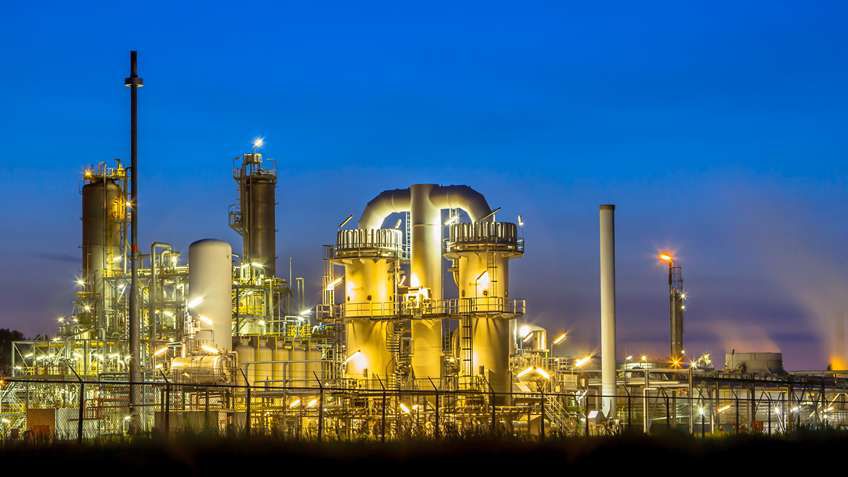By Kirk Fontenot, process safety sales manager, Rockwell Automation
It might sound simplistic, but having rigorous safety standards in place doesn’t change the nature of the materials and inherent risk we work with in the chemical industry.
Tragic incidents — such as the accident in Bhopal, India, in 1984 that resulted in 2,000 deaths, and a gas leak in Pasadena, Texas in 1989 where 23 died — became catalysts for increased legislation and the evolution of a more robust standards framework.
However, accidents still happen today, not because of a lack of standards, but because they’re not followed. That’s why the recent changes to IEC 61511 and the scheduled updates to ISA-84 are a good prompt for reviewing the what, the why, and the how of these standards as they apply to safety instrumented systems (SISs).
A Process Safety Standard
As an international functional safety standard for the process industries, including chemical manufacturing, IEC 61511 continues to define the requirements that users must meet when designing, implementing and maintaining an SIS. As a performance-based standard, it makes the distinction between safety-certified devices and off-the-shelf general purpose devices.
IEC 61511, entitled “Functional Safety – Safety instrumented systems for the process industry sector,” is published in three parts:
- Framework, definitions, system, hardware and software requirements.
- Application guidelines.
- Guidance for the determination of the required safety integrity levels (SIL).
The standard is written specifically for those who deal with process applications with safety instrumented functions (SIFs). It requires component devices to be pre-compliant with IEC 61508 or be selected on a ‘prior use’ basis with a focus on the system lifecycle activities needed to meet and maintain the functional safety requirements.
The standard helps ensure the chemical industry is mindful of the inherent risks associated with self-regulation and best practices to mitigate those risks. As mentioned, accidents still occur, a testament to the fact that SISs need to evolve on a continuous basis.
The Need for Change
Changes introduced in 2016 make the document more precise and straightforward to implement. These include:
- New requirements for functional safety management: suppliers shall have a functional safety management system and new requirements for formal procedures to manage competence.
- Acceptance of the grandfather clause.
- Removing the distinction between normative preventative and mitigative functions.
- New requirements for systematic capabilities.
- New security risk assessments.
- More detailed requirements about planning for verification.
- More details regarding using the basic process control system (BPCS) as a protective layer.
- Simplified requirements for hardware fault tolerance.
- Revised software development requirements.
- Additional requirements for bypasses.
- New requirements for proof testing, which should be considered and documented in the safety requirements specification (SRS).
- Additional functional safety assessment (FSA) requirement during operation and maintenance.
Safety Evolution
The primary result of the standard and recent changes is to put more focus and effort into the analysis phase, management aspects, and life-cycle management of the safety loops. This focus and increased up-front effort often leads to fewer safety functions, safer chemical process, and lower cost of ownership over the life-span of the system.
More importantly, using the standards demonstrates to the public, shareholders and customers that processors are actively working to improve safety in chemical manufacturing. Finally, no company wants standards which are so arduous they’re impractical. Therefore, self-regulation is the best means of maintaining the autonomy that negates the need for the input of external agencies.
Learn more about Rockwell Automation Process Safety Solutions.
The Journal From Rockwell Automation and Our PartnerNetwork™ is published by Putman Media, Inc.

